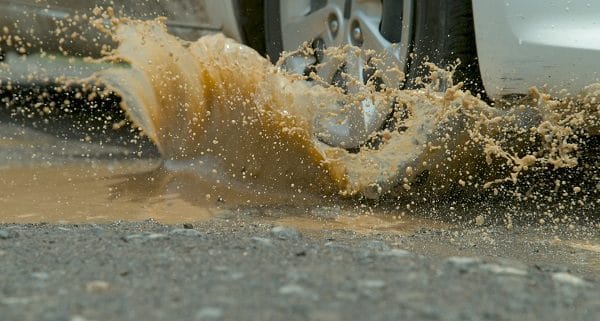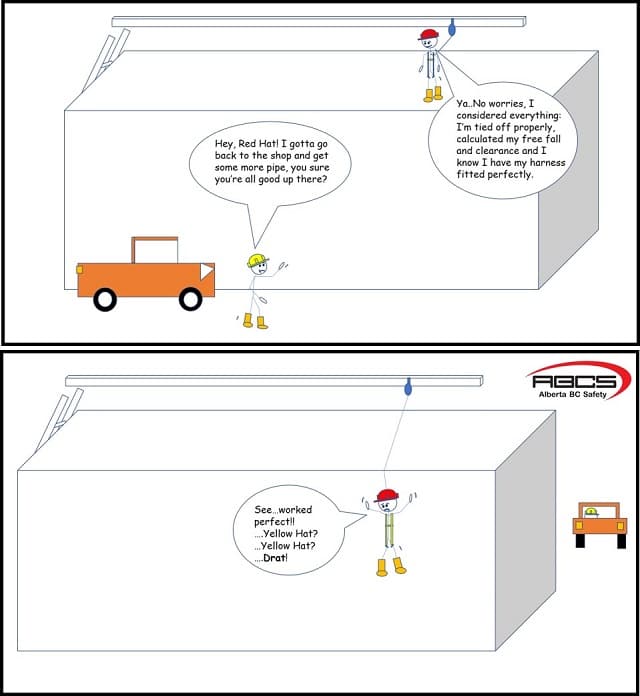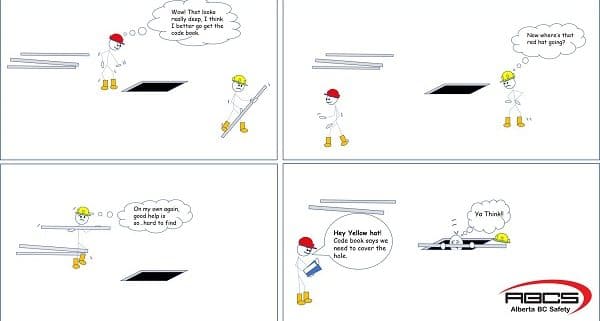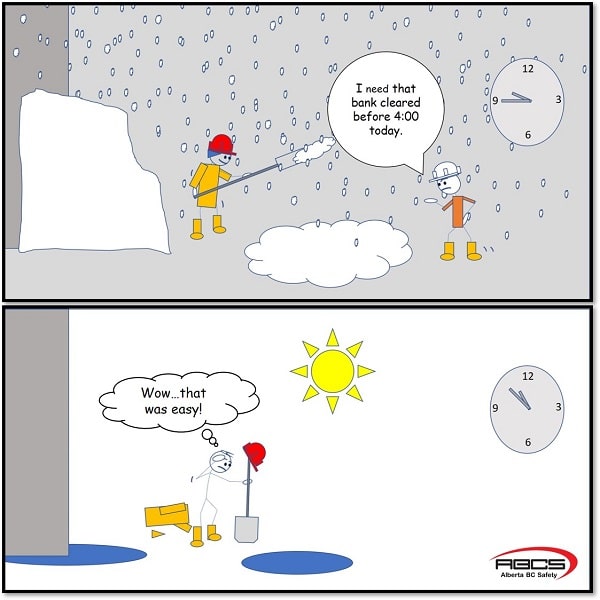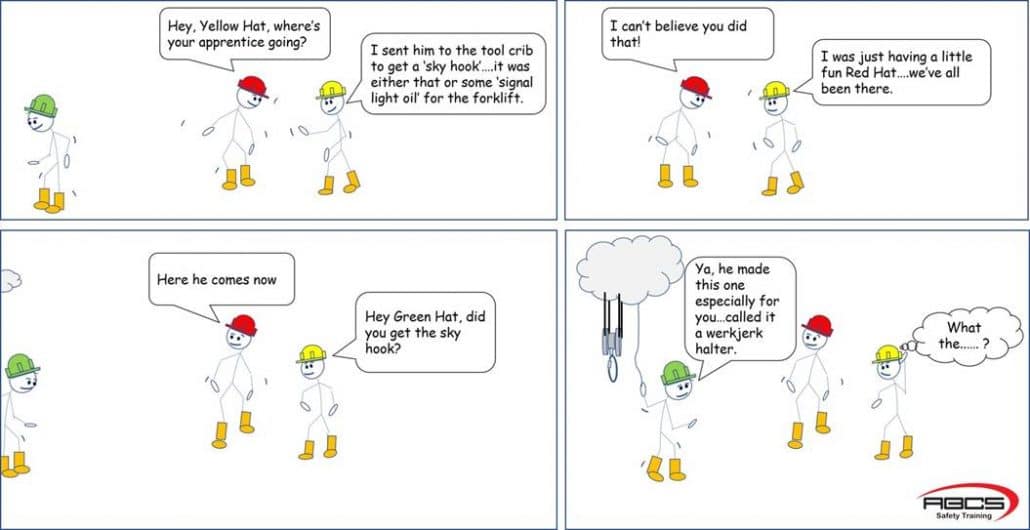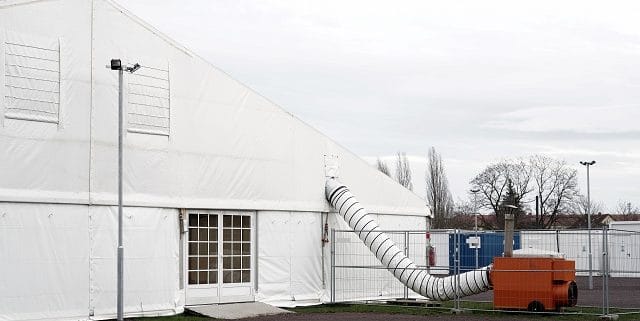Spring Melt Down – Part 1
Yay! It’s almost March. That means rain showers, Easter and spring are right around the corner. I know living in these frigid temperatures, covered in snow, it’s hard to image flowers and the Easter bunny but they are on their way… I promise. As magical as spring sounds, a change in the season can come with a lot of hazards especially when it comes to the roads. Most of the time when we think of bad road conditions, we think of winter. However, spring can cause hazards on the roads as well. Things we need to watch out for are pot holes, rain (that can feel like a torrential downpour), black ice, slush, and that “snow is gone” feeling of wanting to go fast. Here are a few tips to keep you riding smoothly.
Between melting snow and spring downpour, the roads are constantly slushy and wet, making them extremely slippery. So take your time and keep your distance from other vehicles. Even if you are taking all the precautions for slippery roads, don’t forget that huge puddles could have monstrous potholes lurking under them. Wet roads can also cause hydroplaning. Watch out for slushy ruts too, they can cause steering hazards. So make sure you have good tires and are always paying attention. Even though winter may be coming to an end, it doesn’t mean that black ice is gone too. With all the melting and freezing again, the roads can be covered in it… So beware on those cold days. Come back tomorrow and we’ll dive into the most hated road hazard of all… Potholes!

